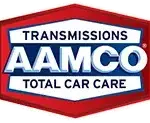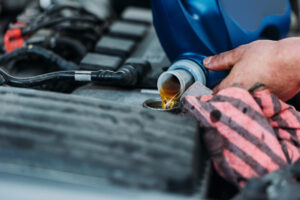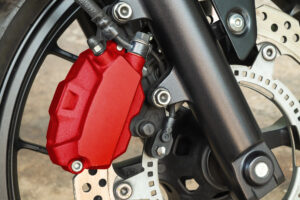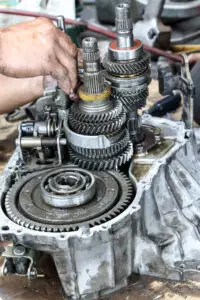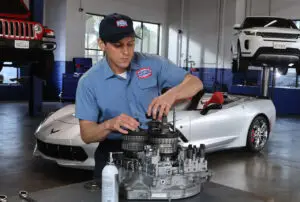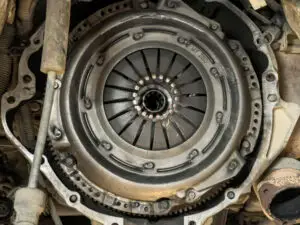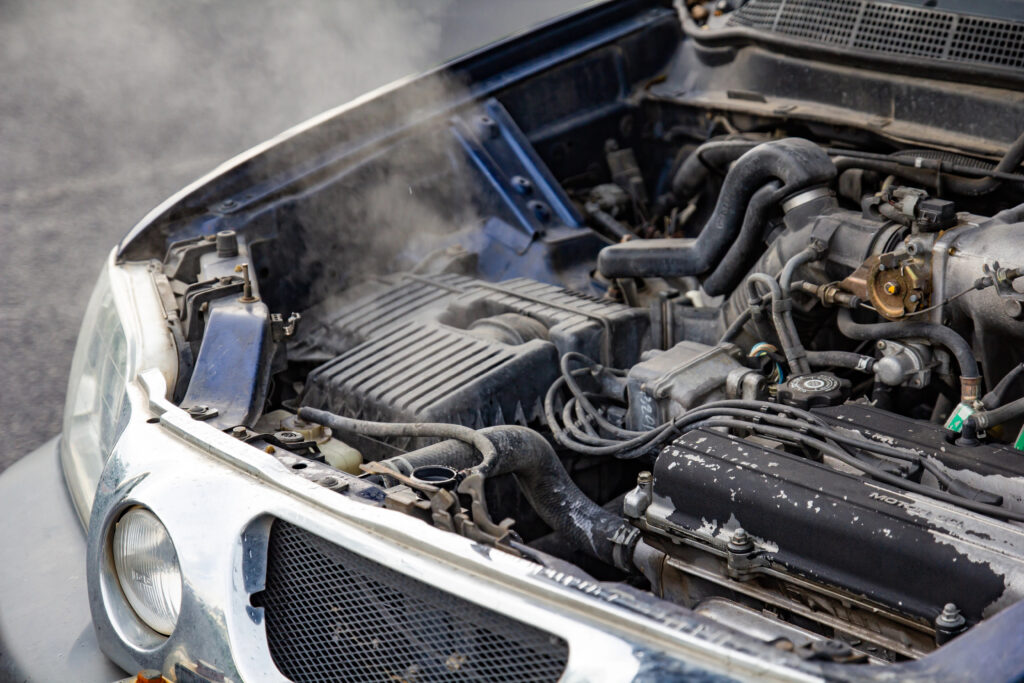 Imagine cruising down the road when suddenly the engine temperature warning light comes on your dashboard. You might also smell burning—or, in more serious cases, see smoke coming from under the hood of your car. An overheating engine is nothing to ignore or waffle about the best next steps. It can quickly lead to more extensive damage to the engine and other related systems. Taking quick, calm action can help save your engine and keep your car running.
Imagine cruising down the road when suddenly the engine temperature warning light comes on your dashboard. You might also smell burning—or, in more serious cases, see smoke coming from under the hood of your car. An overheating engine is nothing to ignore or waffle about the best next steps. It can quickly lead to more extensive damage to the engine and other related systems. Taking quick, calm action can help save your engine and keep your car running.
Stop, Pop, and Check: What to Do with an Overheating Engine
Do you remember learning to stop, drop, and roll in school? For an overheating car, flip it to stop, pop, and check—this can help you remember the easy steps to take if you notice your engine temperature creeping upward. As soon as you notice signs of overheating, stop driving, pop the hood of your car, and check important components.
Stop Driving as Soon as Possible & Find a Safe Place to Park
One of the most important steps to take with an overheating engine is to stop driving as soon as possible. Look for a safe place to pull to the side of the road and park. Shut off the engine and allow your vehicle to fully cool—this could take about fifteen minutes or more. Avoid starting your car again until you’re able to take a look at key components under the hood—and once you do decide to try driving again, take it easy.
Pop the Hood of Your Car Once the Engine Cools
Once your car has fully cooled, hop out and pop the hood. Take a few minutes to assess the condition of components and look for noticeable signs of issues like an oil leak. Do components look relatively clean or is there oily residue? Is there steam or smoke? Even a five-minute visual inspection can help point you in the right direction for what’s happening with your vehicle, leading to overheating.
Check Key Components Like Coolant & Engine Oil Levels
First and foremost, check the level and condition of your car’s coolant and engine oil. If either of these fluids is low or over-contaminated, it’s likely the reason why your engine overheated. Engine oil helps the system operate efficiently and keeps moving parts lubricated. Coolant helps maintain a healthy operating temperature while you drive by absorbing heat and drawing it out to the radiator. Leaks can allow fluid levels to get too low for the efficient operation of these important systems.
Tips to Help Save Your Car When the Engine Overheats
Especially if you have to drive your car to an auto shop rather than calling for a tow service, it’s important to use caution. Following these tips can help pull heat away from the engine, temporarily fix the underlying cause of overheating, and allow you to safely drive to an auto shop for repairs.
Shut Off High-Energy Accessories
Though it may be the last thing you want to do on a hot, humid summer day, shutting off your car’s air conditioning helps minimize the effort required from your engine. Certain accessories in your vehicle require more energy than others, putting more strain on the engine to keep up while you drive. Aside from the starter motor and blower motor, the AC system draws the most power.
Blast the Heat—Even if it’s Hot Outside
Next on the list of actions you’d rather not take on a hot day in Chicagoland—crank the heat. Believe it or not, turning on the heat in your car and cranking it up will help minimize overheating. It draws heat away from the engine by pulling it into the cabin of your car. In less serious cases, it can be enough to stop overheating. However, even if blasting the heat brings your engine back to a healthy operating temperature, it’s still important to have your vehicle inspected.
Top Off Low Coolant or Engine Oil
It’s easy to check the level and condition of coolant and engine oil in most vehicles. Look for a dipstick coming out of the engine—remove it, wipe it clean with a towel, reinsert, then pull it out and check where the fluid still covers it. If it falls close to or below the minimum line on the dipstick, topping it off could help prevent further overheating until you can get to a mechanic. Similarly, locate the coolant reservoir and check how high up the fluid level is respective to the MAX and MIN lines. If it’s low, you can top it off—but in either case, be sure to use the correct type of oil or coolant for your vehicle and know that it’s just a temporary solution.
Take it Easy When Driving to an Auto Shop
Calling for a tow service is the safest option when dealing with an overheating engine. However, if you decide to drive yourself to an auto shop instead, take it easy on your car. Aggressive acceleration and using high-energy accessories will increase your chances of dealing with further overheating—and therefore potential damage to the engine.
Visit Your Local AAMCO for Help with Any Engine Trouble
Dealing with an overheating engine? Worried about a fluid leak or other serious issue with your vehicle? The expert mechanics at your local Chicagoland AAMCO are here to help. Plus, we offer a complimentary tow service to help get you and your vehicle safely to the nearest shop—just give us a call!
For more tips on car maintenance, check out our guide on essential car maintenance tips.
